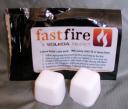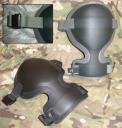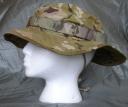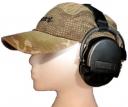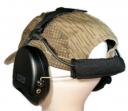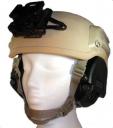The concept is already entrenched at the tip of the spear and slowly gaining momentum elsewhere. Make no mistake, thus far none of the new Ultra Light Weight (ULW) equipment has been manufactured entirely of 330. Remember, even the old parapack used for ALICE was 420D. It is really more of a design philosophy. The elegance of this new design wave is its simplicity; functionality to enable lethality. None of the manufacturers breaking this new ground are building monolithic solutions consisting solely of one material. Instead, a design is reviewed from top to bottom for extra material and in a process that more resembles aircraft than pack design, the developers consider the application of each component of the equipment and decide what material provides the best trade off of performance and weight. Extra material and design elements are eliminated from the equipment. Additionally, user preferences are taken into account and may incorporate hybrid design combining the modularity of PALS with fixed pouches although, many of the newer ULW designs feature fixed pockets. The reasons include lower weight, simplicity, and uniformity on a micro level for operator muscle memory or on a macro level for element-wide specific mission sets. While having more then one rig may drive up cost, the organizations who have embraced this concept tend to accept the cost as part of doing business.
While the 330 revolution may not trickle down immediately to general purpose forces like so many other pieces of equipment who saw their genesis in the SOF community, many of the concepts certainly will, as individual personnel take on new assignments and manufacturers begin to influence the products they offer to military members. Eventually, I see new, higher tenacity ULW fabrics being developed to support the longer service life required for general fielding and military members asking for the elimination of redundant design features.



